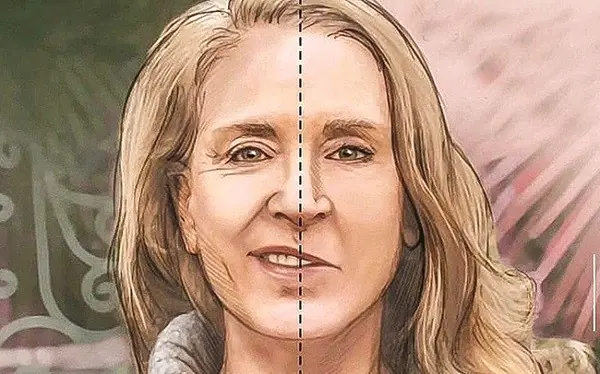
Warn:ing Symptoms of Heart Blockage In Legs And Feet At Night
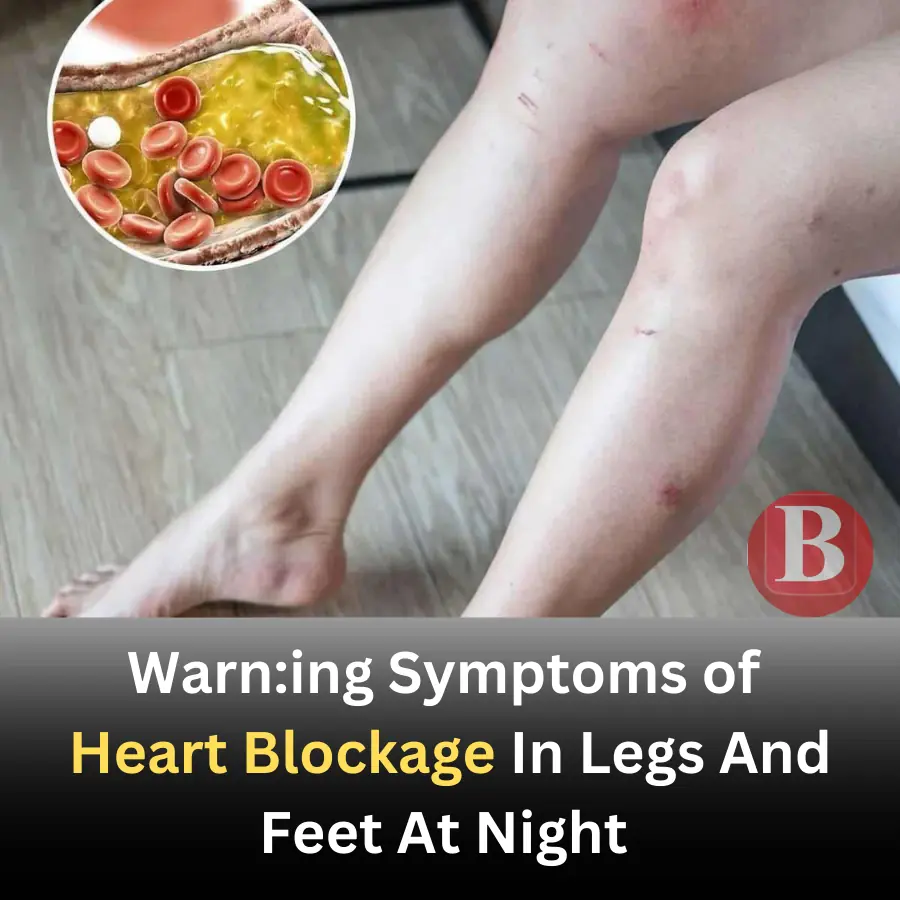
Below are some ways in which your feet might provide early warning signs of heart problems and clogged arteries. It’s important to remember that these symptoms can have multiple causes, and noticing one or more of these signs is not a definitive diagnosis. If you have concerns, always consult a healthcare professional for proper evaluation and guidance.
1. Cold Feet or Temperature Changes
- What to Look For: Persistent coldness in the feet, even when the environment is warm or when you’re wearing socks.
- Connection to Heart Health: Poor circulation—often a result of narrowed or clogged arteries—can reduce blood flow to the extremities, causing a noticeable drop in temperature.
2. Discoloration or Blue/Purple Tinge
- What to Look For: A bluish, purplish, or very pale hue in the toes or feet.
- Connection to Heart Health: When blood flow is restricted or oxygen delivery is impaired (due to arterial blockages), the skin may appear discolored. This can be a sign of peripheral artery disease (PAD), which often indicates underlying cardiovascular issues.
3. Cramping or Pain in the Calves, Ankles, or Feet (Claudication)
- What to Look For: Pain or cramping in the lower legs or feet when walking or exercising, which usually subsides with rest.
- Connection to Heart Health: This pain, known as “intermittent claudication,” can be caused by PAD. Reduced blood flow to the muscles during activity can cause aching or cramping. PAD is frequently associated with overall vascular disease and may point to blocked or narrowed arteries elsewhere in the body, including those supplying the heart.
4. Slow-Healing Sores or Wounds
- What to Look For: Cuts, scrapes, or ulcers on the feet that take unusually long to heal or become easily infected.
- Connection to Heart Health: Decreased circulation means fewer nutrients and less oxygen reach the tissues, impeding the body’s ability to repair itself. Chronic or non-healing wounds can be a red flag for vascular insufficiency, which is often linked with heart disease.
5. Loss of Hair on the Toes and Feet
- What to Look For: Noticeable thinning or complete loss of hair growth on the toes and feet.
- Connection to Heart Health: Hair follicles rely on steady blood supply. If arterial flow is compromised, hair growth can diminish, making this another subtle sign of possible clogged arteries or other cardiovascular problems.
6. Changes in Toenail Growth or Appearance
- What to Look For: Brittle, thickened, or oddly shaped toenails that grow slowly or exhibit discoloration unrelated to fungal infection.
- Connection to Heart Health: Similar to hair follicles, toenails also need an adequate blood supply for normal growth. Altered nail quality can be associated with restricted blood flow in the extremities.
7. Numbness, Tingling, or Weakness
- What to Look For: Frequent numbness, tingling (pins-and-needles sensation), or noticeable weakness in the feet.
- Connection to Heart Health: If arteries supplying nerves and muscles in the feet are narrowed, it can lead to nerve damage or muscle fatigue. While such symptoms can have various causes (e.g., neuropathy from diabetes), vascular issues should not be ruled out without proper testing.
Peripheral Artery Disease (PAD): A Common Link
Many of these foot-related symptoms are tied to peripheral artery disease. PAD occurs when plaque (made up of fat, cholesterol, and other substances) builds up in the arteries of the legs and feet, reducing blood flow. PAD is often a strong indicator of broader atherosclerotic disease throughout the body, including coronary arteries that supply the heart. Untreated, it can increase the risk of heart attack, stroke, and other serious complications.
When to Seek Medical Advice
- Persistent Symptoms: If you notice chronic coldness, discoloration, pain, or non-healing wounds on your feet, see a healthcare provider.
- Risk Factors: People with high blood pressure, high cholesterol, diabetes, smoking history, or family history of heart disease should be especially vigilant.
- Diagnostic Tests: Your doctor may recommend a physical exam, blood tests, an ankle-brachial index (ABI) test, ultrasound, or other imaging studies to assess blood flow and arterial health.
Key Takeaways
- Feet as Early Indicators: Changes in temperature, color, sensation, and healing rates in your feet can signal circulatory and heart health issues.
- Underlying Circulatory Problems: Many foot-related symptoms stem from poor blood flow, which may be linked to clogged or narrowed arteries (atherosclerosis).
- Professional Evaluation: Never self-diagnose. If you suspect cardiovascular issues due to foot symptoms, consult a healthcare professional for an accurate diagnosis and a tailored treatment plan.
Disclaimer: This information is meant for educational purposes and should not replace professional medical advice. If you have concerns about your foot health or overall cardiovascular risk, consult a qualified healthcare provider.
News in the same category


3 sprouting foods with remarkable health benefits
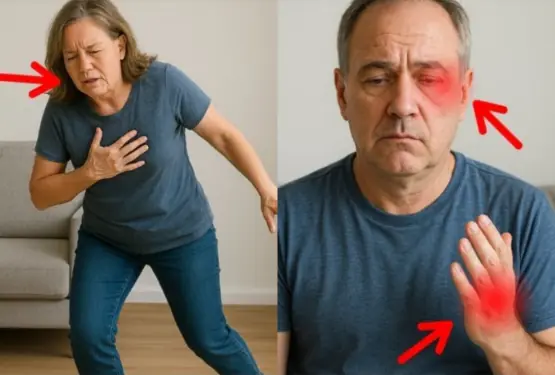
10 Stroke Warning Signs You May Notice 1 Month Before It Happens
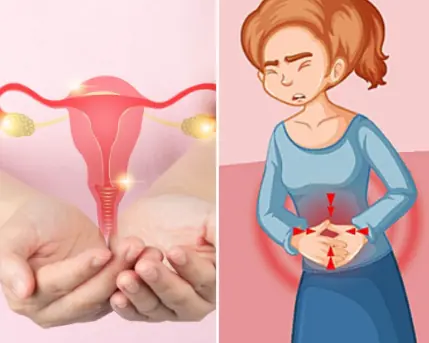
8 Early Warning Signs Of Ovarian Cancer You Shouldn’t Ignore
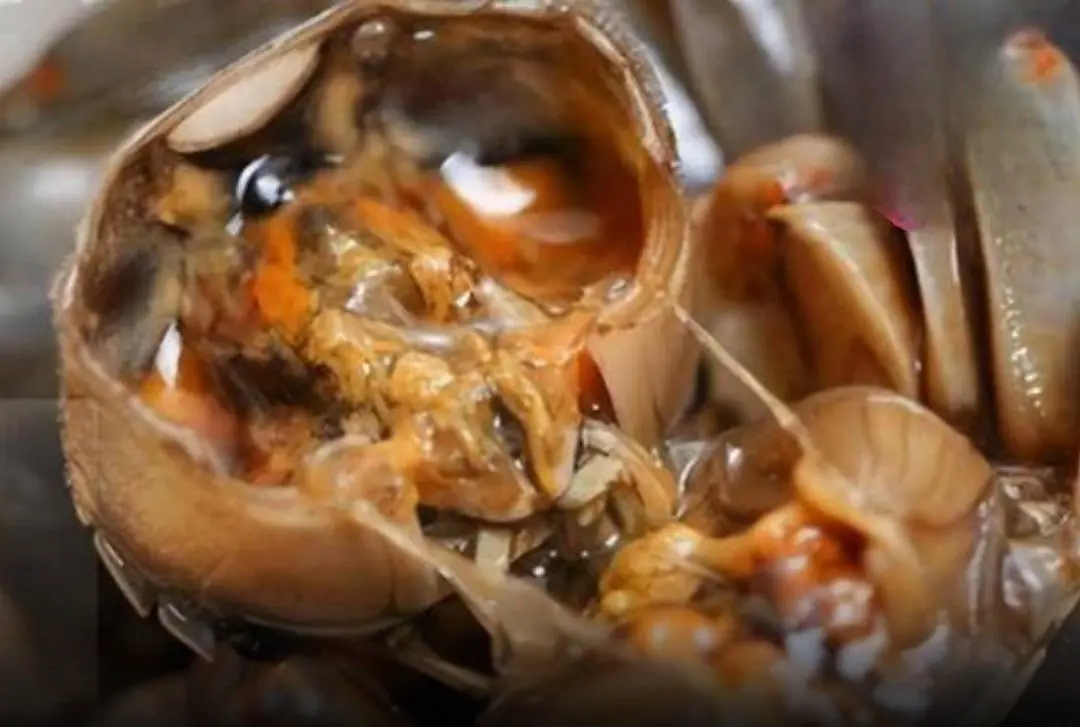
These 4 Foods Are Full of Parasites

Doctors Warn About 3 Foods That Harm the Kidneys When Consumed in Excess
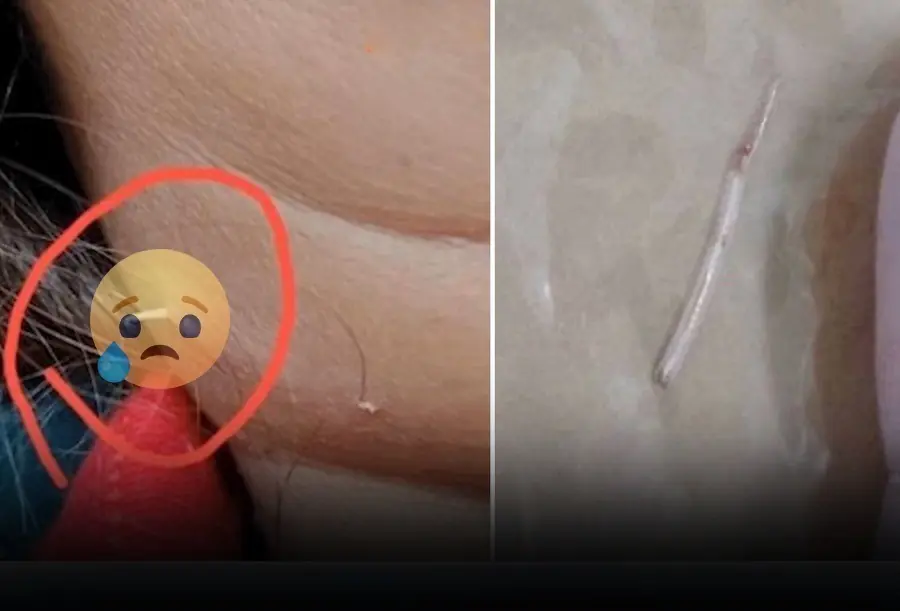
Neck pain, woman shocked to see something sticking out

Drink these 3 types of tea in the evening to improve sleep quality and support belly-fat reduction

Avoid ginger if you have these 5 health problems..
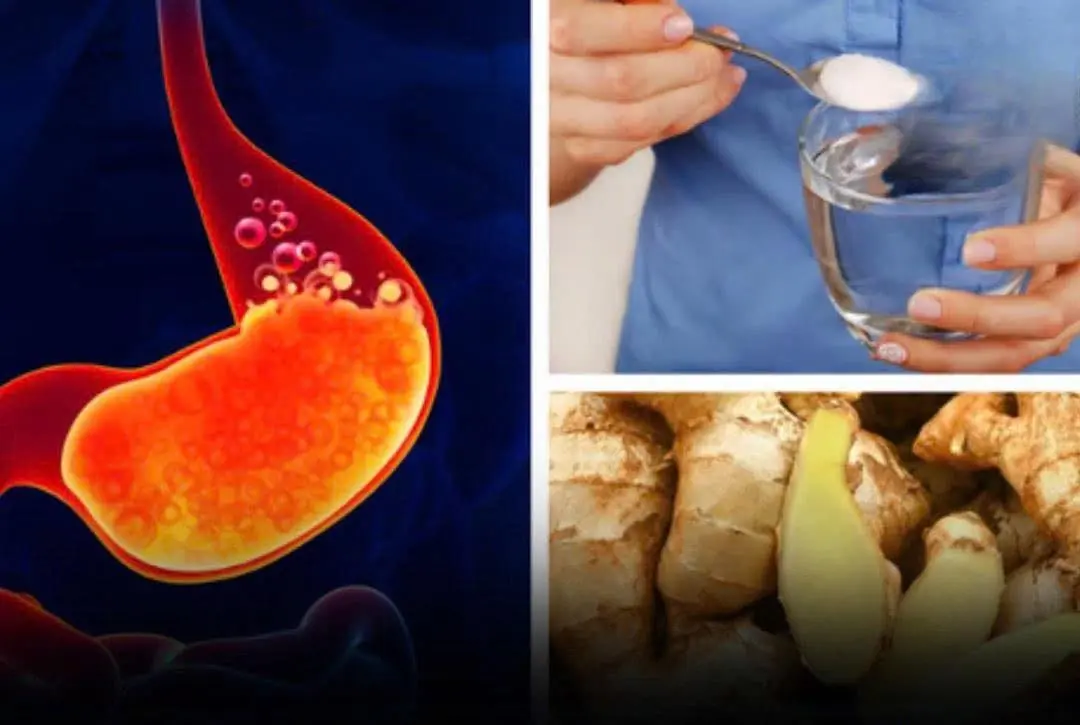
Say goodbye to heartburn — this drink helps soothe acid reflux fast
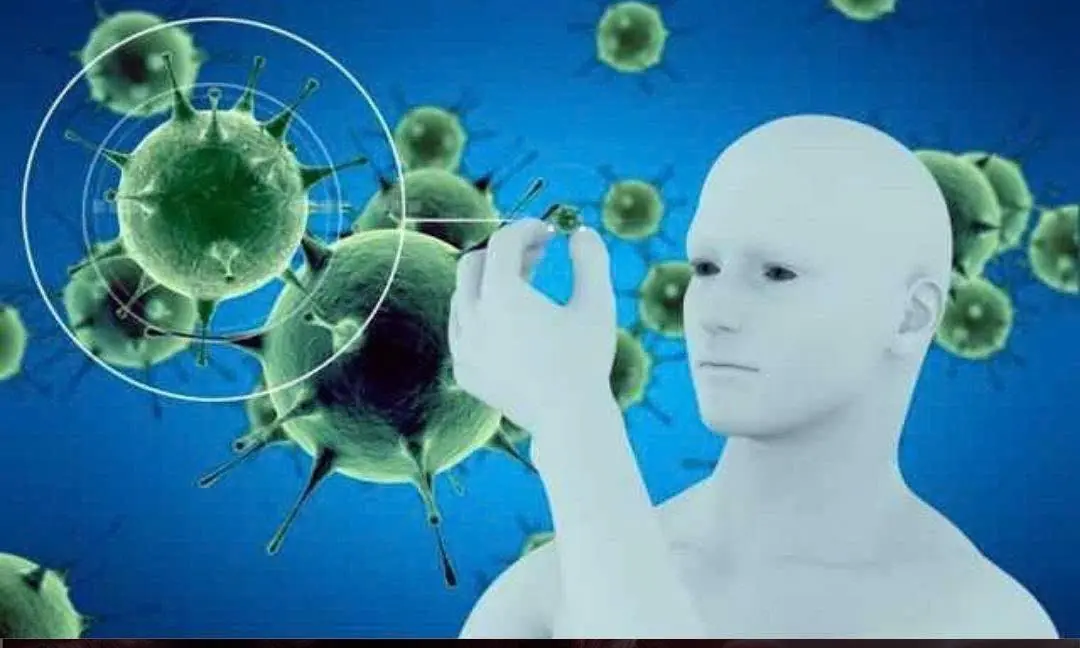
Why Are Can:cer Cases Increasing? Warning: 6 Vegetables That Naturally Contain To.xins

The Vegetable That Helps Reduce Sugar in The Body. It is Diabetes’ Strong Opponent

5 Foods You Should Never Keep Overnight

This one common morning habit could wreck your sleep—experts say skip it.
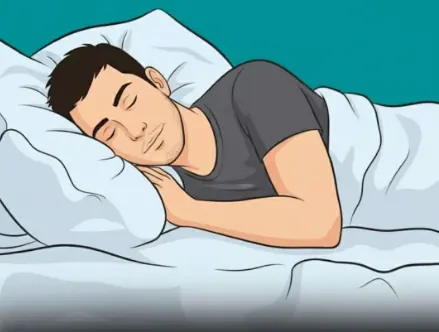
Important News for Everyone Who Loves a Daytime Nap

Kidney dis.ease cases linked to bottled water are rising every year! Doctors warn to avoid these 4 drinks at all costs
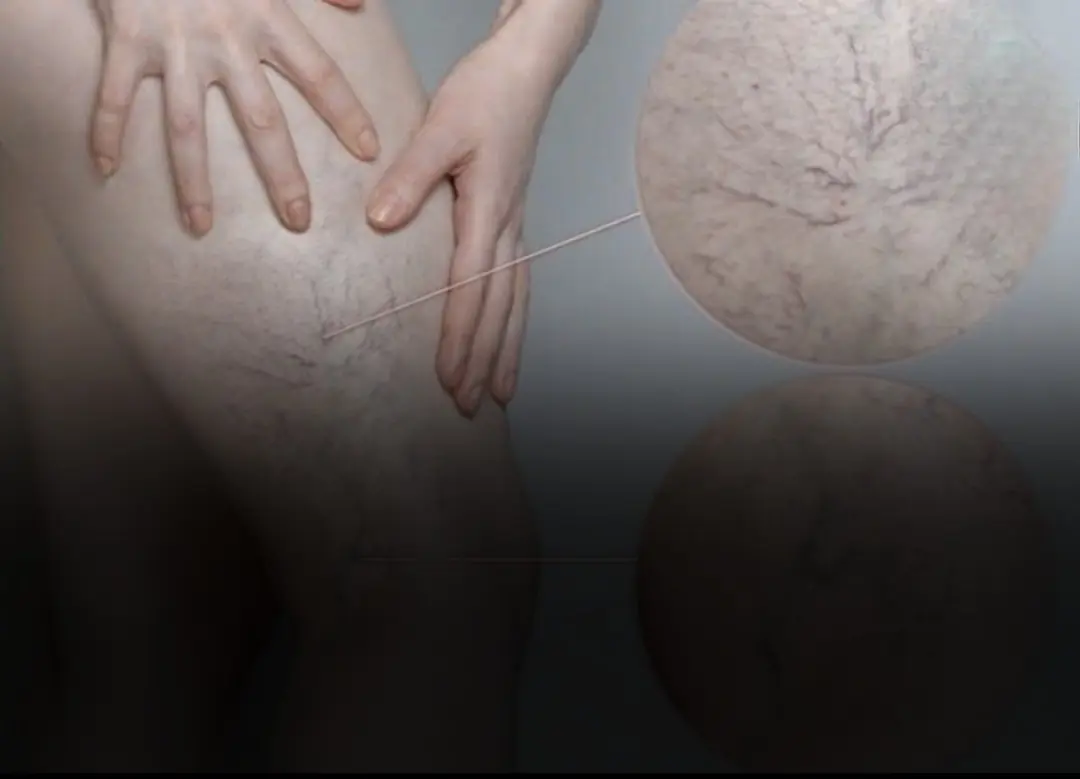
If your legs feel heavy, your feet stay cold, or your veins show more than you'd like, these 6 tips may help
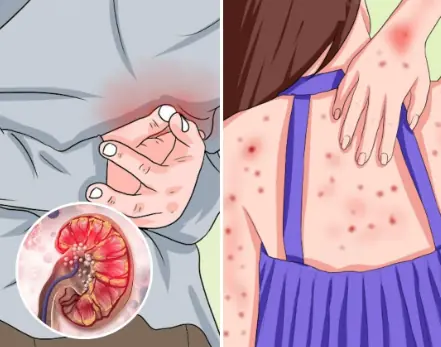
Early Signs of Kidney Disease & How to Protect Your Kidneys (Evidence Based)

Eating Just One Bite is Already Harmful, But Many Still Eat It Without Worry
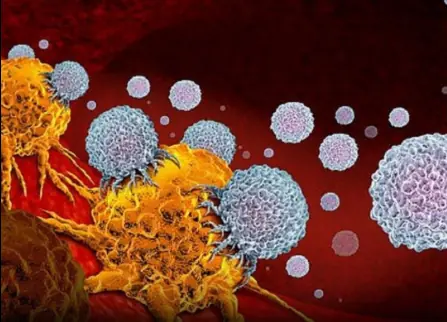
Itching in 9 Areas: A Warning Sign of Malignant Tumors, Number 7 Is the Most Common
News Post

Oranges Are in Season, but Doctors Warn: Never Eat Oranges With These Three Types of Foods

Stroke Actually Sends Warning Signals Up to 90 Days in Advance — Sadly, Few People Notice in Time to Prevent It

3 sprouting foods with remarkable health benefits
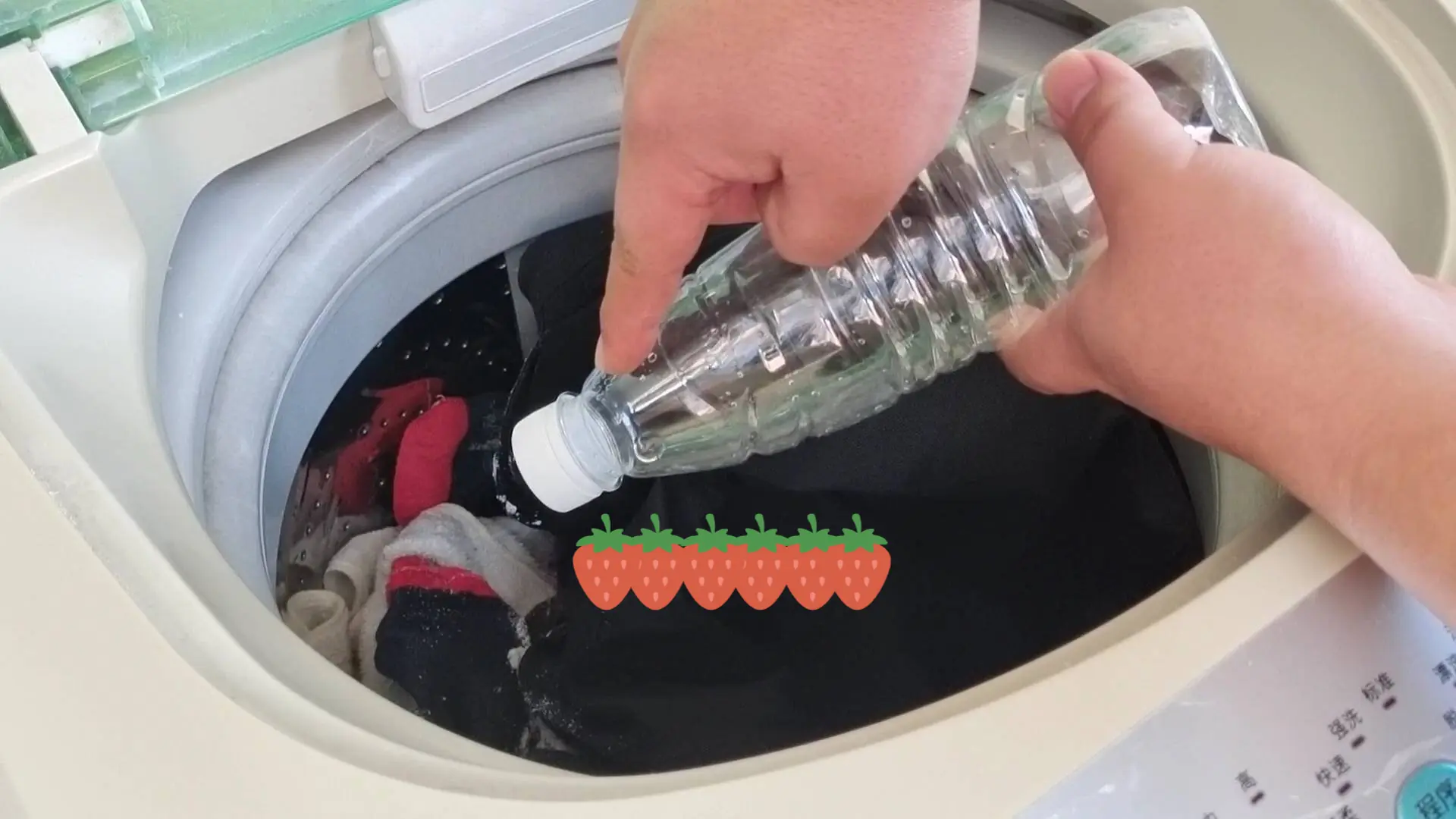
Put an empty plastic bottle in the washing machine — the person who invented this hack must have sky-high IQ

10 Stroke Warning Signs You May Notice 1 Month Before It Happens

8 Early Warning Signs Of Ovarian Cancer You Shouldn’t Ignore

These 4 Foods Are Full of Parasites

Doctors Warn About 3 Foods That Harm the Kidneys When Consumed in Excess

Neck pain, woman shocked to see something sticking out

Drink these 3 types of tea in the evening to improve sleep quality and support belly-fat reduction

Avoid ginger if you have these 5 health problems..

Say goodbye to heartburn — this drink helps soothe acid reflux fast

Why Are Can:cer Cases Increasing? Warning: 6 Vegetables That Naturally Contain To.xins

The Vegetable That Helps Reduce Sugar in The Body. It is Diabetes’ Strong Opponent

This Surprising Hack Could Save You Thousands

5 Foods You Should Never Keep Overnight

This one common morning habit could wreck your sleep—experts say skip it.

Important News for Everyone Who Loves a Daytime Nap

Kidney dis.ease cases linked to bottled water are rising every year! Doctors warn to avoid these 4 drinks at all costs
